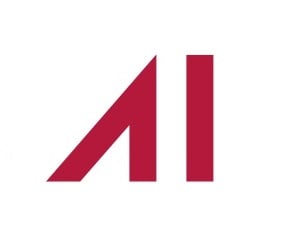Last week, I had the privilege of attending the Diversity Agenda Accord Summit at Parliament's Grand Hall. The event highlighted the persistent gender disparity in the engineering and architecture industries, underscoring the critical need for continuous efforts toward achieving gender equity.

Richard Fry at the Diversity Agenda Accord Summit
The summit began with a warm welcome and a review of the progress made so far by The Diversity Agenda Chair, Josie Fitzgerald. This set a positive tone, emphasising our collective achievements while acknowledging the challenges that lie ahead. Jehan Casinader's insights were thought-provoking and engaging, serving us well for the day's discussions. The session with Annie Scott and Charlotte Toma from AWEC highlighted the collective power needed to drive systemic change and they laid out just how much further we have to go as a sector.
Reflecting on the summit, several key takeaways emerged. First, while the gender pay gap in engineering and architecture has seriously closed over the last 12 months, the issue of representation for women, Māori, Pacifica, and LGBTI+ at every career level remains to be addressed. These issues start early and widen with seniority, highlighting the need for cultural change within the industry. These biases not only affect career trajectories but also day-to-day experiences and a sense of belonging in workplaces.
The summit's focus on actionable insights was invaluable. Discussions about personal experiences, challenges, and successful strategies provided a roadmap for moving from education to practical knowledge. Here are my reflections on what can be done to improve diversity, equality, and inclusion in the industry:
- Visible Role Models and Mentors: It is crucial to have visible women role models in senior positions. Seeing women in leadership roles can inspire and validate the aspirations of other women in the industry. Mentorship programs should be established to support women at various career stages, offering guidance and advocacy.
- Inclusive Workplace Policies: Organisations need to implement and enforce policies that promote work-life balance, such as flexible working hours and parental leave. These policies help retain talent and support career advancement for women who often juggle multiple roles.
- Active Involvement of Allies: Men in leadership positions must actively support diversity and inclusion initiatives. This includes advocating for equitable practices, challenging biases, and creating spaces where women, Māori, Pacifica, and LGBTI+ individuals feel valued and heard.
- Cultural Change and Bias Training: Continuous education and training on unconscious biases are essential. Workshops and seminars can help employees at all levels recognise and mitigate biases in their interactions and decision-making processes.
- Supportive Networks and Communities: Building networks and communities where everyone shares experiences, offers support, and collaborates on initiatives can foster a sense of belonging and collective strength.

The Diversity Agenda Accord Summit 2024
In conclusion, The Diversity Agenda Accord Summit reaffirmed that achieving equity in engineering and architecture is not just an industry problem but a societal one. By fostering a supportive community, addressing systemic biases, and implementing inclusive policies, we can create environments where everyone can thrive. The journey towards diversity, equality, and inclusion is ongoing, but with collective effort and commitment, meaningful progress is within reach. How is your organization promoting diversity and inclusion?
.png?width=556&height=152&name=Abley_MasterLogo-Website%20(1).png)


